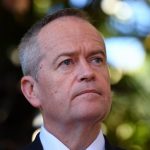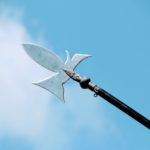Studying the air in Antarctica
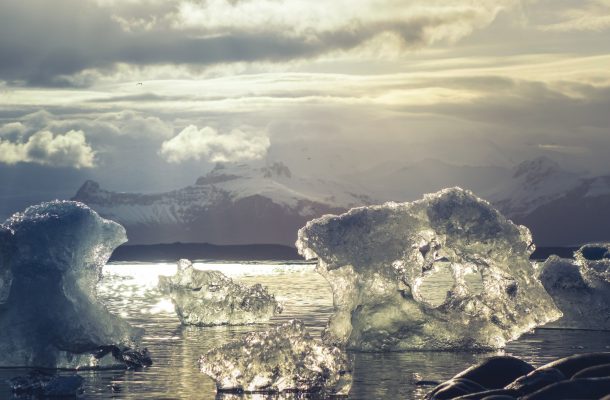
So, in order to study how this cleaning process works, the University of Melbourne’s Dr Robyn Schofield is sailing through the pristine environment of the Southern Ocean to our most untouched continent, Antarctica – an environment with the least amount of pollution on the planet.
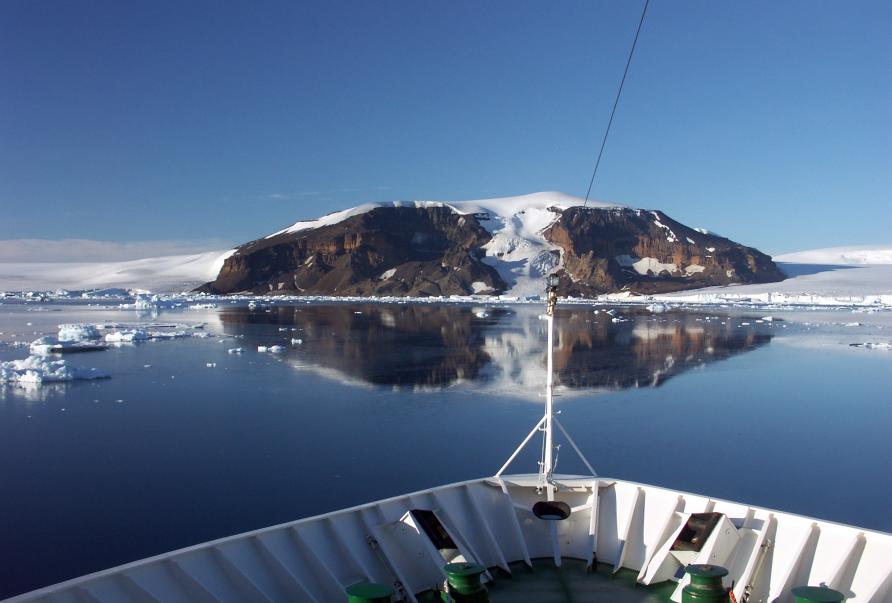
But a detailed study in this part of the world isn’t feasible without a fully functioning laboratory. So, onboard the ship with Dr Schofield is a unique, mobile, air chemistry, shipping-container laboratory, known as AIRBOX or the Atmospheric Integrated Research Facility for Boundaries and Oxidative Experiments.
This custom-built laboratory is small – only 2.5 by 2.5 by 3 metres. But within that space it has nine instruments designed to carry out comprehensive atmospheric monitoring – taking measurements in the most remote places.
For this trip, the research team have also added another eight guest instruments measuring atmospheric chemistry, gases and aerosols over the Southern Ocean.
AIRBOX, an unsubtle stowaway, will travel on the icebreaker RSV Aurora Australis on four voyages this summer, as part of the Australian Antarctic Program.
With two expeditions on each of the voyages, Dr Schofield and her colleagues will measure the summer season while all the Antarctic stations are resupplied.
And there’s a roster of expertise heading south throughout the Southern Hemisphere’s summer.
Dr Branka Miljevic, from the Queensland University of Technology (QUT), and Jared Lewis, from the University of Melbourne, have just returned from resupplying Davis Station, one of three permanent bases and research outposts in Antarctica managed by the Australian Antarctic Division.
The University of Woollongong’s Dr Dagmar Kürbistin and Dr Schofield left in early December to resupply Casey Station in the Windmill Islands, just outside the Antarctic Circle.
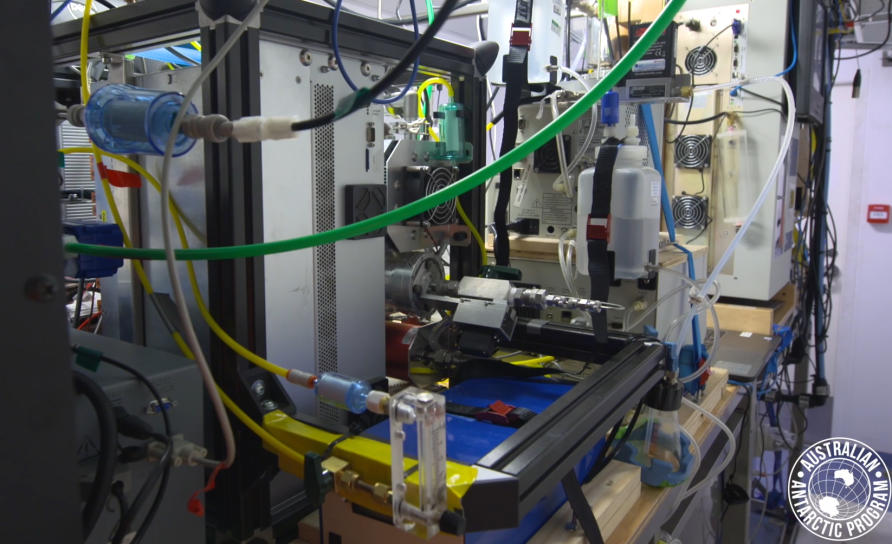
They will be followed by Mr Joel Ahroe, from QUT, and Imogen Wadlow, from the University of Melbourne, who will resupply Davis and Mawson in the Australian Antarctic Territory.
And finally, Dr Alan Griffiths from the Australian Nuclear Science and Technology Organisation and Associate Professor Helen (Clare) Murphy from the University of Wollongong will resupply Macquarie Island.
One of the areas the research is focusing on is clouds.
The life-cycle of clouds
The generation of clouds, starting from an aerosol and ending with rainfall, is an important part of our atmosphere’s self-cleaning. However, researchers want to know more about the process and understand how best to keep the system working in our warming climate.
“Clouds are very important, as well as beautiful weather phenomena,” Dr Schofield says.
“By shading and cooling the Earth’s surface, cloud cover plays a direct role in rates of global climate change”, explains Dr Schofield, based at the University of Melbourne’s School of Earth Sciences and an associate investigator of ARC Centre of Excellence for Climate Extremes.
Clouds are ‘seeded’ by tiny particles in the air called aerosols. These particles can include dust, soot and salt, some of which are particularly important for supplying nutrients to the oceans.
Water vapour attaches itself to the aerosol particles, condensing into a cloud droplet that is held aloft by air circulation and then grows to form a cloud, then once it gets big enough it will rain out. And the cycle starts again.
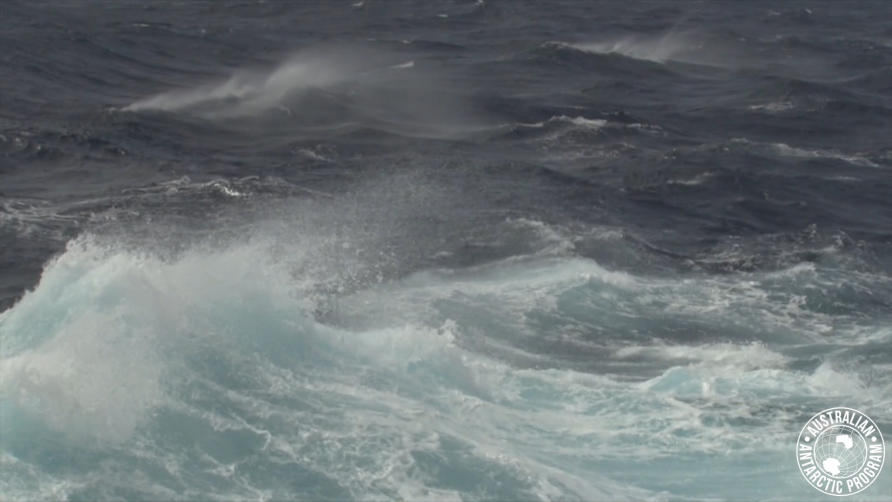
Low, shallow clouds are mostly made of water droplets of various sizes. Thin, upper level clouds or cirrus clouds are made of tiny ice particles. And deep thunderstorm clouds can contain both liquid and ice in the form of cloud and raindrops, cloud ice, snow and hail.
“The concentrations of aerosols in the Southern ocean and Antarctic atmosphere differs from anywhere else on Earth. Their measurement is of great interest to the international climate-modelling community and for the Australian climate more generally,” Dr Schofield says.
Clouds and the climate
The AIRBOX project aims to better understand where the aerosols are coming from that are influencing the clouds and how they are made.
“Our ability to predict future climate change will be aided by improving our understanding of aerosols,’’ Dr Schofield says.
“For example, sulfate aerosol cools the climate by directly reflecting sunlight and by being very effective at seeding clouds, which also reflect sunlight and lead to a surface cooling. Industrial and fossil fuel burning emissions of sulfur dioxide gas into the atmosphere are the primary source of sulfate particles.
“By contrast, black carbon aerosols, that can come from wildfires, absorb radiation and can lead to atmospheric and surface warming.”
The AIRBOX contains several instruments that can characterise aerosols – including one that uses a laser to measure aerosol and clouds up to 10 kilometres away, as well as gases that are important in controlling aerosol formation processes like ozone.
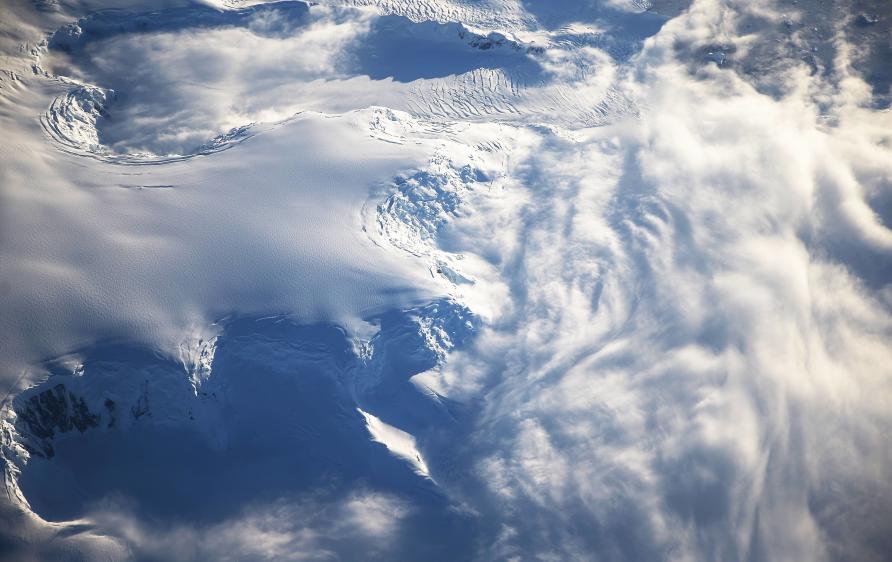
Additionally, this can also help measure greenhouse gases like carbon dioxide, nitrous oxide and methane, as well as heat and water fluxes.
These instruments also measure aerosol properties, including the concentrations and sizes of particulates like dust in aerosols, and the types of particulates that contribute to aerosol formation.
“Aerosol concentrations over the Southern Ocean are unexpectedly high in spring, while summer measurements indicate lower concentrations compared to further north so we are also looking at seasonal changes in cloud-seeding,” says Dr Schofield.
Anyone who has ever been on a boat will know that waves are also a major source of water in the atmosphere – including sea spray, another type of aerosol.
The canary in the coal mine
The aim of the AIRBOX is to collect as much data from as many areas as possible on these resupply voyages.
Dr Schofield has a particular interest in mercury; the heavy-metal pollutant that’s released into the environment through things like volcanic eruptions and re-released from vegetation during bushfires. It’s also released to the atmosphere as a result of human activity, like gold smelting and burning fossil fuels.
A team, led by Dr John Moreau and Dr Caitlin Gionfriddo also with the University of Melbourne’s School of Earth Sciences, established that when mercury deposits on the Antarctic ice, sea-ice bacteria can change mercury into methylmercury – a more toxic form that can contaminate the marine environment, including fish and birds.
Then there’s what the Southern Ocean itself can tell us.
Dr Schofield is collaborating with the University of Melbourne’s School of Engineering, including Associate Professor Alessandro Tofoli, to measure the sea-state with cameras onboard the Aurora Australis. Professor Jason Monty, also from the Melbourne School of Engineering, is working with the AIRBOX team to characterise the ocean’s heat and water exchange.
The information gleaned from Antartica could help us understand our world’s warming climate.
“We think of the Southern Ocean as a ‘canary in the mine’,” says Dr Scholfield. “If we can understand more about what’s going on in our purest environment, we will have a better understanding of how to maintain the atmosphere’s ability to clean itself.”
AIRBOX (Atmospheric Integrated Research Facility for Boundaries and Oxidative Experiments) project partners include the Australian Antarctic Division, University of Tasmania, University of Melbourne, Queensland University of Technology, Macquarie University, University of Wollongong, CSIRO, Monash University and the Australian Nuclear Science and Technology Organisation (ANSTO). You can follow the Aurora Australis expeditions here. This article was published by Pursuit.
Dr Nerissa Hannink is a Senior Media Advisor at the School of Science, Veterinary and Agricultural Sciences at Melbourne University.








